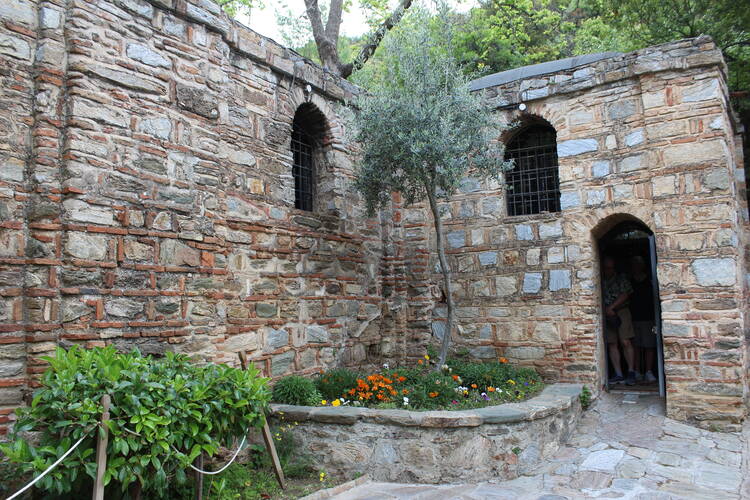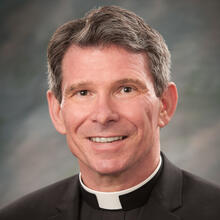A Homily for the Solemnity of the Assumption of the Blessed Virgin Mary
Readings: Vigil: 1 Chronicles 15:3-4, 15-16; 16:1-2 1 Corinthians 15:54b-57 Luke 11:27-28
Mass during the day: Revelation 11:19A;12: 1-6A, 10AB 1 Corinthians 15:20-27 LK 1:39-56
One reads the prize-winning author Rachel Cusk for perspectives rather than plots. Her recent novels do not even flesh out her characters. It is as if she were telling parables; too much detail would detract from the insights being offered.
Indeed, all that you need to know about this single paragraph from her newest novel Parade (2024) is that a woman is dying at home in hospice care.
Many of the objects around our mother’s deathbed had existed for as long as we could remember. When we first entered her room we saw and recognized them more clearly than we recognized her. These objects contained our mother. They were more reliable and lasting than she was. It seemed impossible that she would die because she had never told the truth, but the objects told a different kind of truth. Their actual existence and their existence in memory were the same. She had imagined she was stronger than them, that she owned them, but in this element of consistency lay their victory over her. It was they that would commemorate her.
The power of this paragraph lies in its universality. Who among us who have seen a loved one near death have not been startled by a face we no longer recognize? We are more familiar with the objects that have always surrounded the dying one. Those we still understand.
“Those objects contained our mother.” Is that because they speak of the life she has lived or because they essentially were the life that she has lived? It is a horrifying thought, but so often true, that some people live their lives through the objects they collect. “She had imagined she was stronger than them, that she owned them, but in this element of consistency lay their victory over her. It was they that would commemorate her.”
Turn now to another parable-like scene. Imagine the early disciples entering the home of the Virgin Mary after her death. And we can speak of her “death” if all that we mean by the term is her departure from the world. Today’s feast insists that this is the only commonality between her death and ours. In both cases, life on earth ends.
The disciples enter the home. She is not there. She is gone, and there is no corpse. Here our parable-like story rests on rather solid evidence, as solid as that of history comes. Had there been a body, would it not immediately have become a focus of cult and devotion, like those of the first martyrs?
The disciples look around the room, but anyone could have lived and died here. There is nothing that speaks to the identity of this woman: a bed, table and chair, a bowl and pitcher, some unremarkable garments. She is not there, and what is left says nothing about who has been there.
This is how the early church came to the conviction that the Blessed Mother had been assumed body and soul into heaven or, as the Eastern churches like to say, that she had fallen asleep in Christ.
Even when she was alive, you could look at her and see nothing but her Son. His identity had become hers because everything of earth that was part of him had come through her. And her identity had become his because nothing stood in the way of her acceptance of the salvation he brought to earth.
We are left with a brute fact and the loftiest of conclusions. There was no body of the Virgin to venerate. So, the church recognized that he who had given birth to a new, glorified life had fully bestowed this same life upon the one who had given birth to him.
Christ did not come to offer partial life to anyone. Only sin limits the life he offers. Preserved by his grace from all sin, the only death she could know is the one she had already embraced with him on the cross.
It is an odd line from Cusk, a terrible accusation. “It seemed impossible that she would die because she had never told the truth…” Today the church tells us, “It seemed impossible that she would die because she had never lived anything but the truth.”








